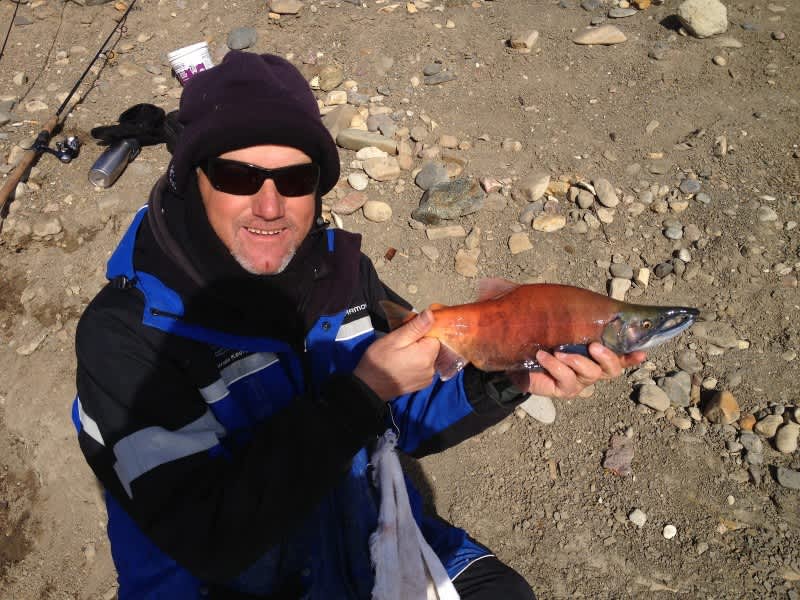Ice Team Tips: Patterning Fish with Logbooks
Ice Team 11.11.13

Keeping a logbook of the waters you fish, their conditions, and details of the catch (if applicable) are a key tool in the development of an angler. Logbooks help us to remember significant and minute events that may have affected the bite of the fish that day. Why were they there? Why aren’t they here? What are they feeding on? Those are all questions which a fishing logbook can answer for you.
The value in a logbook doesn’t come in the first season you keep it. It starts to be realized in the second, third, and fourth seasons as you can refer back, look at dates, conditions, and results and match them to what you are currently finding.
Fishing logbooks can be very basic, with only the amount of information you want to record, or as elaborate as you want to make them. Some can be purchased in paper or book form, while others can be downloaded onto a smartphone or computer. If you do download them, or use any electronic logbook, I strongly suggest that you regularly back it up to avoid loss with a single keystroke, or a phone dropped in the lake!
I choose to keep a simple paper log. It is based in a Daytimer organizer book. I keep several years’ worth of logs in one Daytimer, as the day of the week is irrelevant to me. My logbook entries are coded, and to anyone else would make little sense. To me, though, that code contains a wealth of information.
My daily logs include the following:
- Date
- Body of water and location on the water
- Weather conditions (sunny, cloudy, partly cloudy, rain, snow)
- Wind direction and speed
- Water temperature
- Lake level
- Fish caught (species and number)
- Size (length or weight)
- Depth and water clarity where caught
- Cover or structure fished (weedline, mudlines, rock, slopes, gravel, docks)
- Lure or bait used (size and color)
This is the information that I have found over the years is most useful to me in patterning my lakes and fish.
Using my code, a recent log entry is “Gby, D-1, 35-45′, sun/calm, 52f, 6 LT, 20-24″, GM3W, 25′ low.”
Translated, that means that I fished Lake Granby, near Dike 1 in 35 to 45 feet of water. It was sunny and calm, the water temperature was 52 degrees. I caught six lake trout from 20 to 24 inches long on three-inch White Gulp Minnows and the lake was about 25 feet low.
The other advantage to using a Daytimer as a logbook is that there is space in the back for detailed contact information for people that I may meet at lakeside or on the water. If I need the number to that new bait shop, park ranger, game warden, or boat mechanic, I can look in the back and it’s right there!
There are many different styles and types of logbooks you can keep. The importance isn’t in what logbook you keep, it’s that you keep one! As much as I fish, it is nearly impossible for me to remember these details weeks or months later, let alone years later. Keeping my log has helped me to quickly see patterns based upon seasons, water temps, and weather and lake conditions. This, in turn, helps to put me on more and bigger fish for my clients—and myself!

